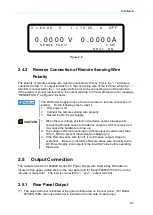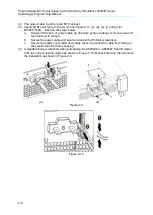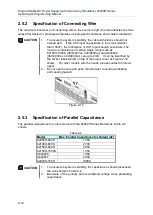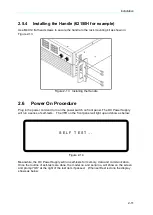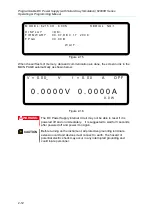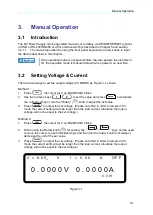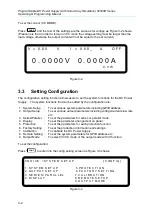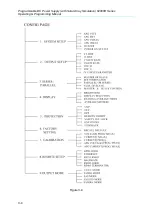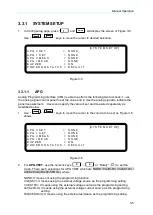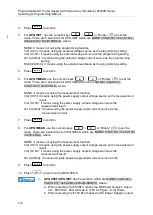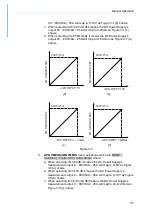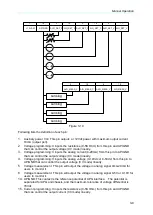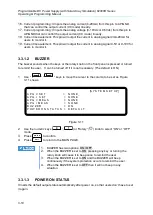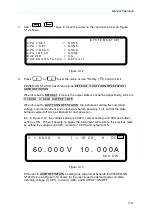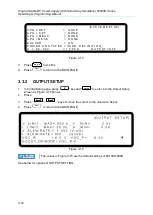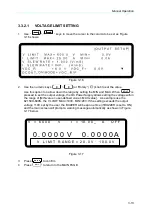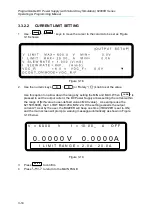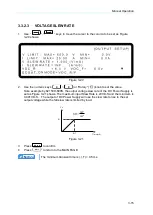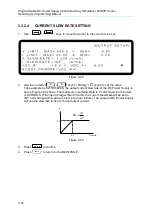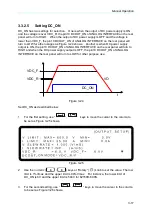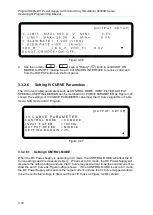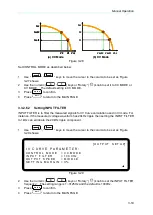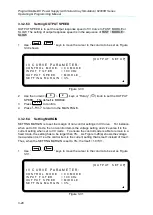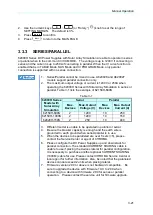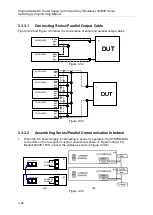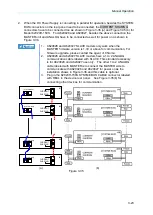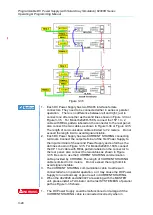
Manual Operation
3-9
5
18
6
19
1
+12VAPI
API GND
AVO_SET_R AIO_SET_R AVO_SET_C AIO_SET_C AVO_SET_V AIO_SET_V
AVO_MEAS_C
AIO_MEAS_C
AVO_MEAS_V
AIO_MEAS_V
14
2
15
3
16
4
17
- +
- +
sensing
sensing
sensing
sensing
Figure 3-10
Following lists the definition of each pin:
1.
Auxiliary power Vcc: This pin outputs a +12Vdc power with maximum output current
10mA (output port).
2.
Voltage programming: It inputs the resistance (0-5K Ohm) from this pin and APIGND
that can control the output voltage (CV mode) linearly.
3.
Voltage programming: It inputs the analog current (4-20mA) from this pin to APIGND
that can control the output voltage (CV mode) linearly.
4.
Voltage programming: It inputs the analog voltage (0-10Vdc or 0-5Vdc) from this pin to
APIGND that can control the output voltage (CV mode) linearly.
5.
Voltage measurement: This pin will output the voltage in analog signal 4mA-20mA for
users to monitor it.
6.
Voltage measurement: This pin will output the voltage in analog signal 0-5V or 0-10V for
users to monitor it.
14.
APIGND: This contact is the reference potential of APG interface. The potential is
separated for APG and chassis, and the maximum tolerance of voltage differential is
70Vdc.
15.
Current programming: It inputs the resistance (0-5K Ohm) from this pin and APIGND
that can control the output current (CC mode) linearly.

